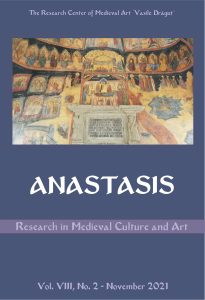
Environmental Security of Territories: Challenges of Today and Guidelines for Strengthening in War
Environmental Security of Territories: Challenges of Today and Guidelines for Strengthening in War
Keywords: ecological security; ecosystem; pollution; landmarks, war;
The article aims to develop methodological approaches to assessing the environmental security of territories, identifying the regions most affected by hostilities, and substantiating the strengths of strengthening during the war. Methodical courses are offered, and the corresponding express analysis of the balance of economic, social development and ecological safety of regions of Ukraine based on the related indicators is carried out. The results on a ten-point scale characterizing the standardized deviations of the above indicators from the median value by region showed significant imbalances in achieving the vectors of sustainable development. That is, implementing one or two vectors is currently carried out by neglecting others, which confirms the urgent need to find mechanisms for their effective balancing. It is determined that during the war in Ukraine, the strategic task of the state was to develop guidelines for strengthening environmental security due to significant destruction of infrastructure and ecosystem damage. Among the main strategic approaches for strengthening are identified: identification of settlements and areas in need of humanitarian demining, marking of dangerous sites, cleaning (demining) of territories, involvement in the elimination of the consequences of hostilities and emergencies of international aid, and others.
More...

